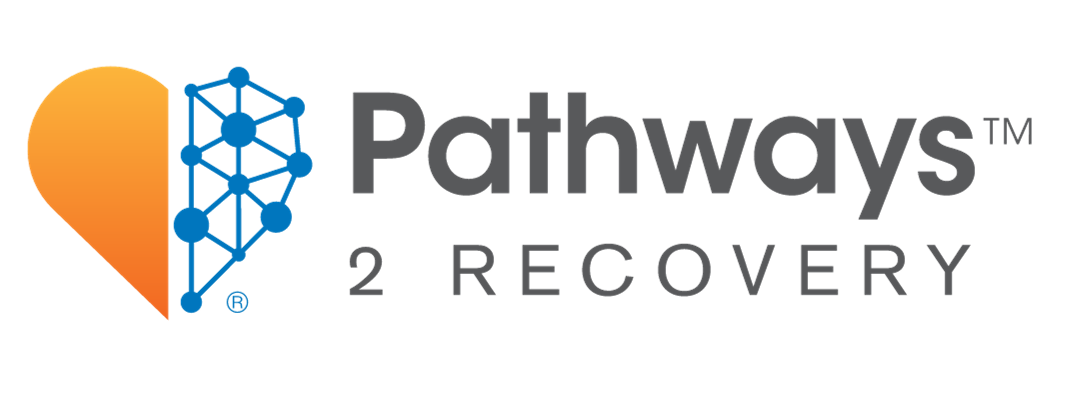Our Clinical Approach
The Worst Injuries Demand an Integrated Pathway™ 2 Recovery
Here’s What That Looks Like
1. Meaningful Patient Engagement
Injured workers who report less-favorable experiences are 3.5 times as likely to be out of work and receiving disability compensation for their injury 12 months after filing a claim. Keeping patients motivated and fully engaged in their recovery process is the most important aspect of an integrated treatment approach.
2. A Multidisciplinary Internal Care Team
An in-house team of clinical professionals is assembled and assigned for each new case, matching areas of expertise with a patient’s specific needs and risk factors.
3. An Integrated Health Assessment
Carisk’s proprietary approach includes a Comprehensive Clinical Interview that addresses all three biopsychosocial aspects to form a complete picture of the patient’s health.
4. Customized Care Plans
Information collected from the assessment is aggregated into an individualized care coordination plan. Inclusion of expected outcomes sets a clear finish line for a particular case and establishes a benchmark against which case managers can measure a patient’s progress.
5. Provider Matching
Providing custom care goes beyond selecting the services that an injured worker might need. Carisk coordinates access to quality care through an extensive network of multidisciplinary providers. The specialist providing those services matters.
6. Next Generation Integrated Technologies
Technology fosters regular communication among patients, caregivers and providers, which is critical to keep treatment on track and to evaluate an injured worker’s progress.
7. Data-Driven Insight
Carisk has a proprietary and predictive database consisting of best-in-class data. Built through an exclusive software developer relationship, Carisk’s proprietary P2R System coordinates information from the patient’s medical records, the Carisk health assessments and other third party information.
1. Meaningful Patient Engagement
Injured workers who report less-favorable experiences are 3.5 times as likely to be out of work and receiving disability compensation for their injury 12 months after filing a claim. Keeping patients motivated and fully engaged in their recovery process is the most important aspect of an integrated treatment approach.
- Coping with the repercussions of a catastrophic event is as emotionally impactful as the physical injury.
- Ensuring that resources and support are available both for an injured worker and his or her family is vital.
- Satisfaction with technical quality, interpersonal quality, care coordination, access to treatment and providers understanding of what the patient did on the job are all important factors driving patient experience and outcomes.
2. A Multidisciplinary Internal Care Team
An in-house team of clinical professionals is assembled and assigned for each new case, matching areas of expertise with a patient’s specific needs and risk factors.
- Ensures that critical risk factors are not overlooked.
- Early identification and intervention for high risk individuals reduces the chance they will experience any delays in their recovery.
3. An Integrated Health Assessment
Carisk’s proprietary approach includes a Comprehensive Clinical Interview that addresses all three biopsychosocial aspects to form a complete picture of the patient’s health.
- Assessments look for psychiatric substance use or trauma.
- Previous traumatic experiences and current injuries are not mutually exclusive – they can amplify one another and inhibit recovery if left unaddressed.
- Social history, such as marital status, complicated family dynamics, financial stress, and transportation barriers may all factor into an integrated care plan.
4. Customized Care Plans
Information collected from this conversation and assessment is aggregated into an individualized care coordination plan.
- Care plans outline:
- Treatment and therapies
- Potential barriers and risks
- Clinical and cost outcomes
- Inclusion of expected outcomes sets a clear finish line for a particular case and establishes a benchmark against which case managers can measure a patient’s progress.
5. Provider Matching
Providing custom care goes beyond selecting the services that an injured worker might need. The specialist providing those services matters.
- To ensure patients feel comfortable with and trust their provider, interpersonal factors must be considered such as:
- Gender
- Culture
- Language
6. Next Generation Integrated Technologies
Technology fosters regular communication among patients, caregivers and providers, which is critical to keep treatment on track and to evaluate an injured worker’s progress.
- A secure, private chat function allows patients to talk to their care coordinator directly.
- The app tracking allows case managers to spot potential problems before they arise.
- Clinical assessment scores
- Appointment attendance
- Medication adherence
- A library of educational materials is available directly in the app.
7. Data-Driven Insight
Carisk has built a proprietary and predictive database consisting of best-in-class data. Built through an exclusive software developer relationship, Carisk’s proprietary P2R System gathers information from the patient’s medical records, the Carisk health assessments and other third-party information to drive the clinical and actuarial underwriting process.
- Sourced from 115 million claims lines
- Over $40 billion in medical and pharmacy spend
- ICD-9 and ICD-10 codes organized by diagnosis
- Medical, surgical, and pharmaceutical bundled episodes of care organized at the 3-digit zip code level
- Ability to apply severity index based on comprehensive clinical interview.
- Workers’ compensation, commercial, and Medicare benchmarks
- Evidenced-based clinical guidelines
- Refreshed monthly

